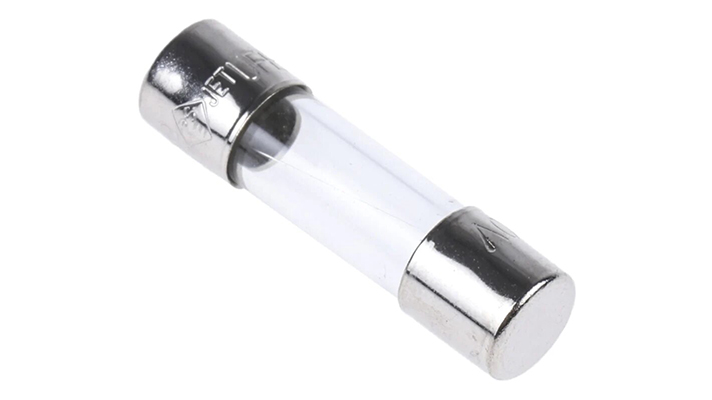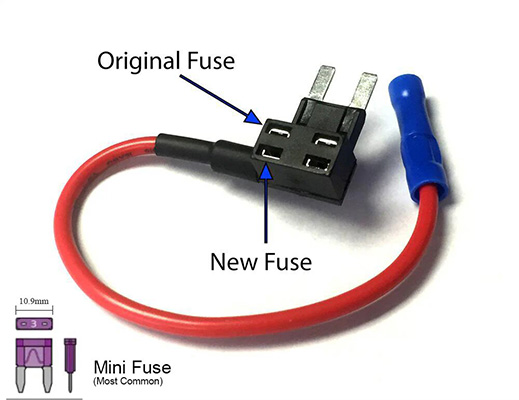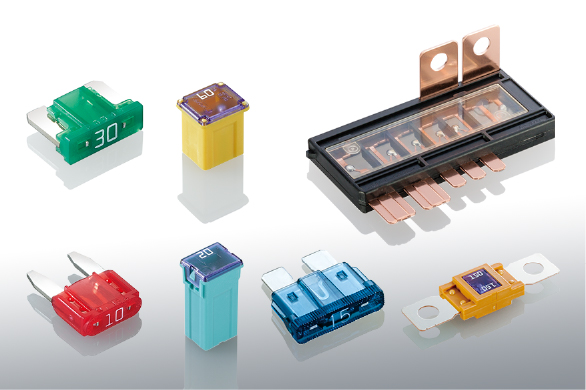Exploring the Function and Benefits of Glass Fuses in Car Power Seat Systems
News 2025-10-27
Glass fuses play a vital role in automotive electrical systems, particularly in car power seats that rely on precise motor controls for adjustments. These components safeguard against overcurrent events, which could arise from wiring issues or mechanical failures, ensuring the longevity of the seat’s electronic setup. By interrupting excessive current flow, glass fuses prevent potential damage to sensitive parts like motors and control units, making them indispensable in modern vehicles where comfort features are integrated with safety standards.

Applications in Vehicle Power Seat Mechanisms
Glass fuses are commonly integrated into the circuitry of power seats to protect against faults during operation. In scenarios involving seat reclining, sliding, or heating functions, these fuses guard against short circuits caused by worn wiring or accidental overloads. For instance, in electric vehicles or luxury cars with advanced seating, glass fuses ensure that minor electrical issues do not escalate, maintaining system integrity and reducing the risk of fires or component burnout. Their compact design allows for easy installation in confined spaces within the vehicle’s interior.
Performance Advantages of Glass Fuses
One key strength of glass fuses is their transparency, which enables quick visual inspection to identify failures without disassembly. They offer rapid response times to overcurrent conditions, melting the internal wire faster than many alternatives to minimize damage. Additionally, glass fuses provide consistent performance across temperature variations, crucial for automotive environments, and their low cost makes them an efficient choice for mass-produced vehicles. This reliability enhances overall system efficiency, supporting seamless operation of power seats in daily use.
Common Questions and Answers
1. What are typical current ratings for glass fuses in power seats?
Ratings usually range from 5 to 20 amps, based on the specific motor and circuit demands in different vehicle models.
2. How can I identify a faulty glass fuse?
Look for a broken wire inside the clear tube; a multimeter can confirm continuity issues for accurate diagnosis.
3. Are glass fuses interchangeable with other fuse types?
While substitution might be possible, using the manufacturer-recommended glass type ensures optimal protection and compatibility.


